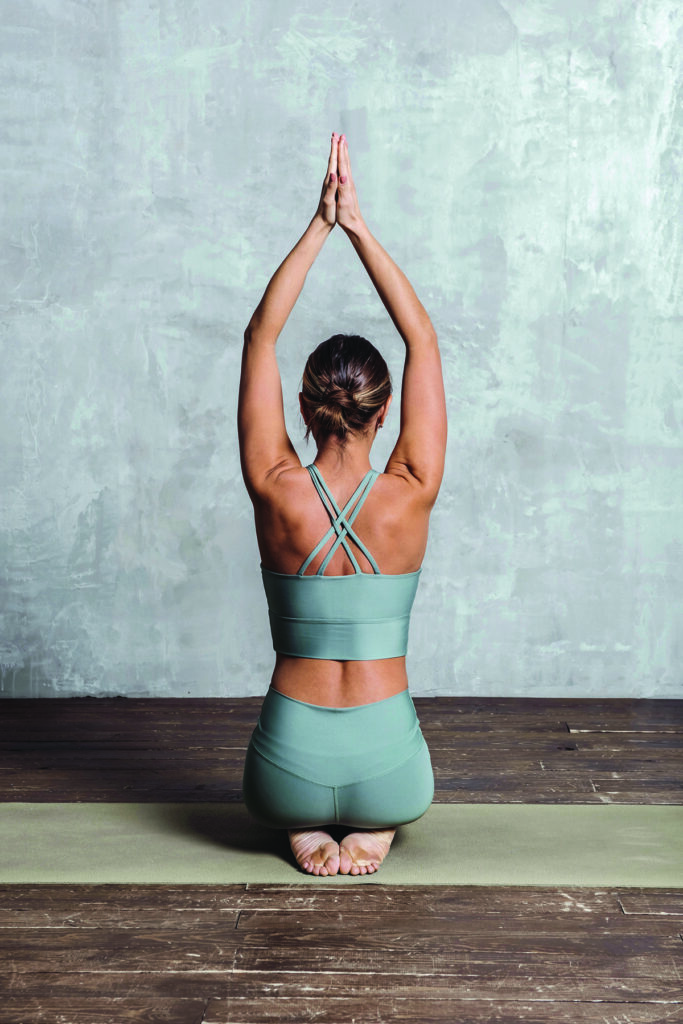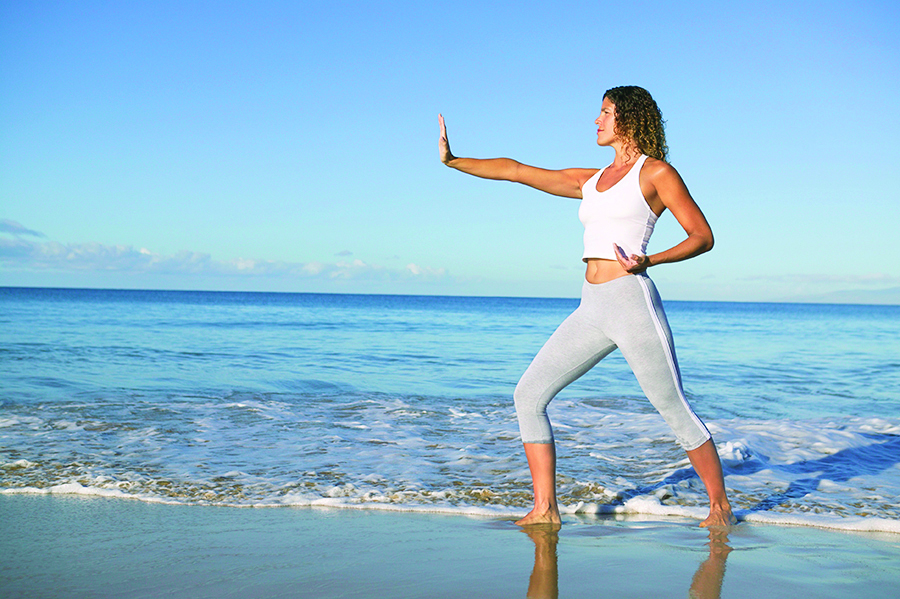Fitness doesn’t have to be high-intensity or sweat-drenched to be an effective way to stay active and healthy. For anyone looking for a calmer way to get moving, low-impact workouts offer techniques that are gentler on the joints but no less powerful. These mindful exercises focus on balance and mobility, perfect for those recovering from injuries, easing into fitness, or simply craving a break from the relentless grind of high-intensity training.
Whether you’re holding a yoga pose, flowing through tai chi, or diving into an aqua aerobics class, the following workouts demonstrate that fitness can strengthen the body, improve flexibility, and enhance mental clarity – all without the strain that can come with traditional gym routines.
Yoga: Poses with Purpose

Originating more than 5,000 years ago in India, yoga was first practiced as a spiritual discipline designed to unify the body, mind, and spirit. Today, the practice incorporates physical postures, breath control, and meditation technique into various types of yoga. Hatha yoga is often what comes to mind when thinking of yoga, featuring slow, controlled movements. For those who find it difficult to sit still during traditional meditation, vinyasa yoga offers a dynamic, flowing practice that promotes balance and reduces the risk of injury. A more unique form of yoga – aerial yoga – involves participants using hammocks suspended from the ceiling and incorporating acrobatic movements like twisting and flipping. During hot yoga classes, students move through poses in a heated room, which helps increase calorie burn, enhance circulation and improve flexibility.
Pilates: Empowering Your Core
At the end of World War I, Joseph Pilates developed a series of exercises that would later bear his name. As a sickly child struggling with rickets, asthma, and rheumatic fever, he turned to physical training to over his health challenges.
While interned at a camp during the war, he created and taught a fitness program inspired by yoga and animal movements. He also designed apparati to help rehabilitate injured soldiers and prisoners. Pilates is a low-impact exercise that focuses on building core strength through different movements on a reformer machine or a mat. While both yoga and Pilates are low-impact exercises, yoga primarily focuses on holding poses to enhance flexibility and strength. Pilates, on the other hand, emphasizes dynamic movement. After reaching a position, participants engage their core and challenge the body incorporating controlled motions of the arms and legs.

Tai Chi: The Art of Flow
Tai chi originated in 17th-century China as an ancient martial art and has since evolved into a practice fostering physical and mental well-being. Suitable for individuals of nearly any fitness level, including those with limited mobility, tai chi offers benefits like improved balance, flexibility, muscle strength, and reduced osteoarthritis pain. According to the Tai Chi Foundation, regular practice of tai chi nourishes the body, mind, and spirit. Internal relaxation helps to regulate the flow of your internal energy (qi) through your whole body, bringing you not just health, but a sense of wellbeing, and more conscious awareness.
Barre: Ballet Meets Fitness
Barre blends ballet-inspired movements with strength training and rehabilitative exercises. Developed by German dancer Lotte Berk in the 1950s during her recovery from a back injury, barre incorporates elements of ballet, Pilates, and yoga. Classes often focus on small, controlled movements to build muscle endurance, improve posture, and increase flexibility. It’s another low-impact option accessible for all fitness levels, one that not only tones and strengthens the body but also creates a graceful, mindful workout experience.

Aqua Aerobics: Waves of Wellness
Aqua aerobics offers a low-impact, full-body workout that takes advantage of water’s natural resistance to build strength, improve cardiovascular health, and enhance flexibility. Rooted in ancient Greek and Roman hydrotherapy practices, it gained modern popularity as a rehabilitative method for injured athletes and older adults. The buoyancy of water minimizes joint stress, making it ideal for individuals with arthritis or mobility issues. Aqua aerobics classes typically feature dynamic movements like jogging, leg lifts, and arm exercises in shallow pools, combining fitness and fun in an accessible, joint-friendly environment.
Nia: A Joyful Fusion
Nia is a dynamic blend of dance, martial arts, and mindfulness that celebrates movement and joy. Created in the 1980s, this holistic workout emphasizes self-expression and body awareness, making it accessible for all fitness levels. Drawing from practices like jazz dance, tai chi, and yoga, Nia combines choreographed and free-flowing movements to improve flexibility, strength, and cardiovascular health. Set to diverse music styles, it fosters a sense of community and well-being, encouraging participants to connect with their bodies and embrace movement as a celebration of life.
